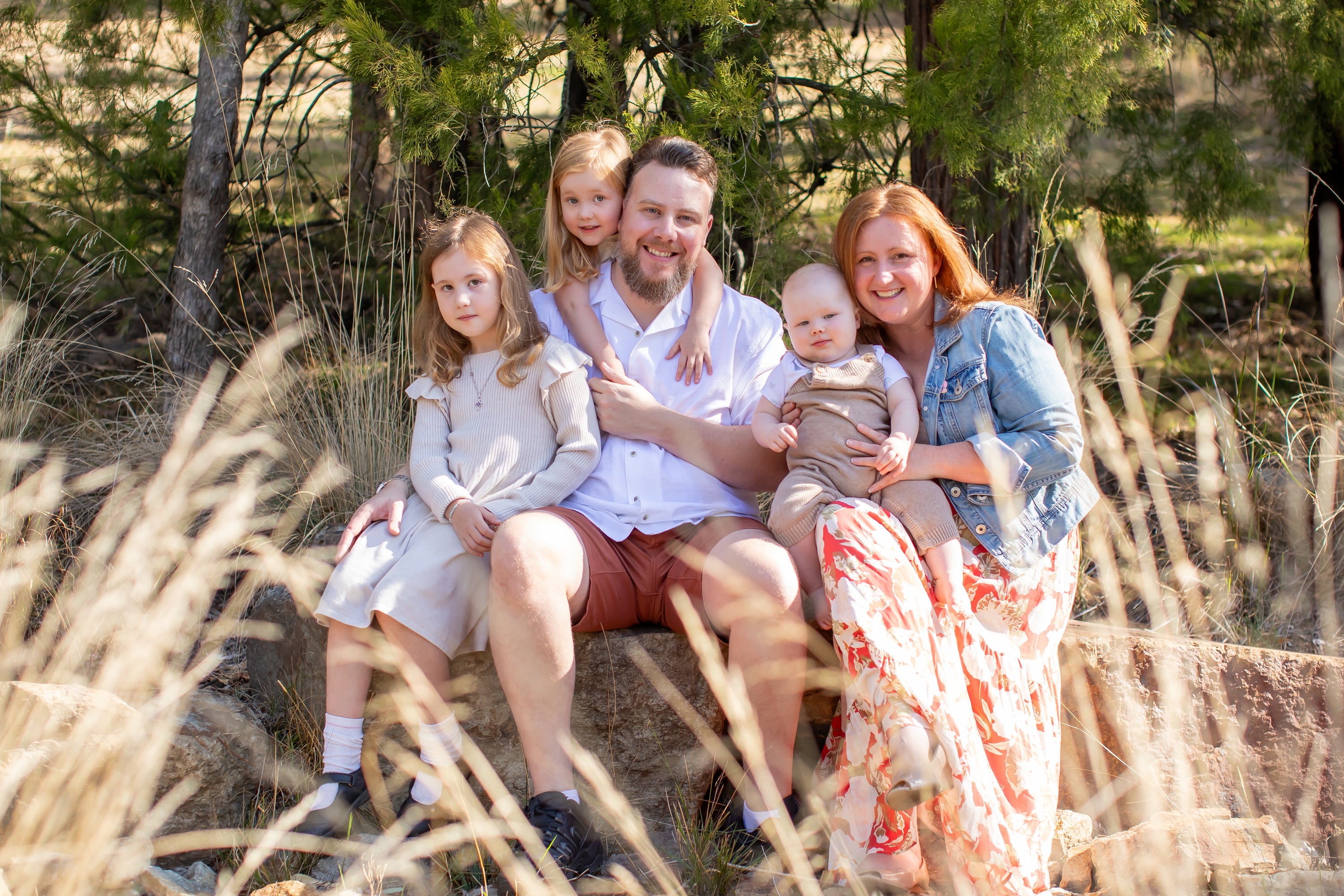Hungry? Thirsty? All Done? Now You’ll Know!
Your baby has so much to say.
Help them tell you what they want with Baby Sign Bibs™.
Make mealtimes a breeze, one sign at a time.
Baby Sign Bibs™ - Where Love and Language Meet
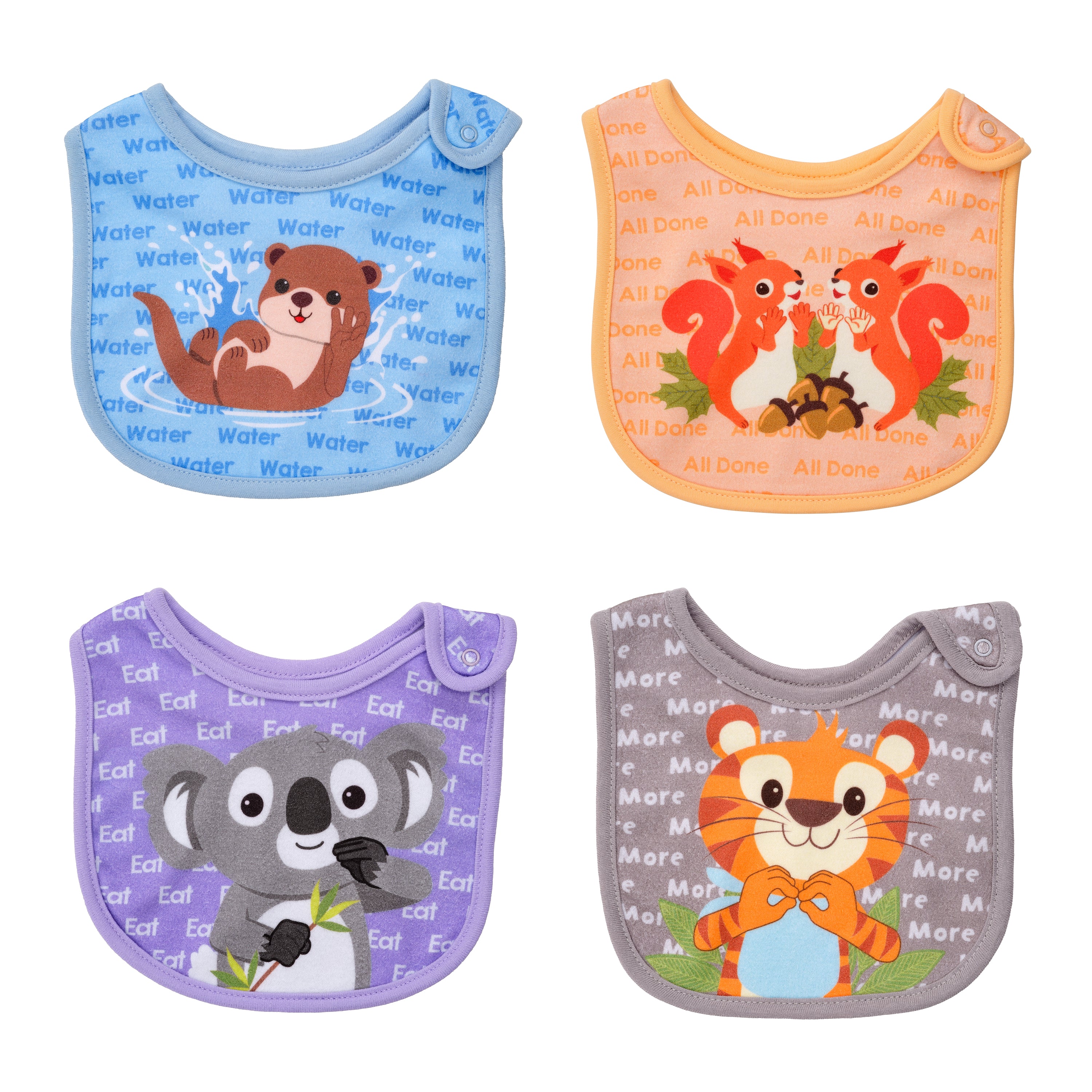
Baby Sign: Eat
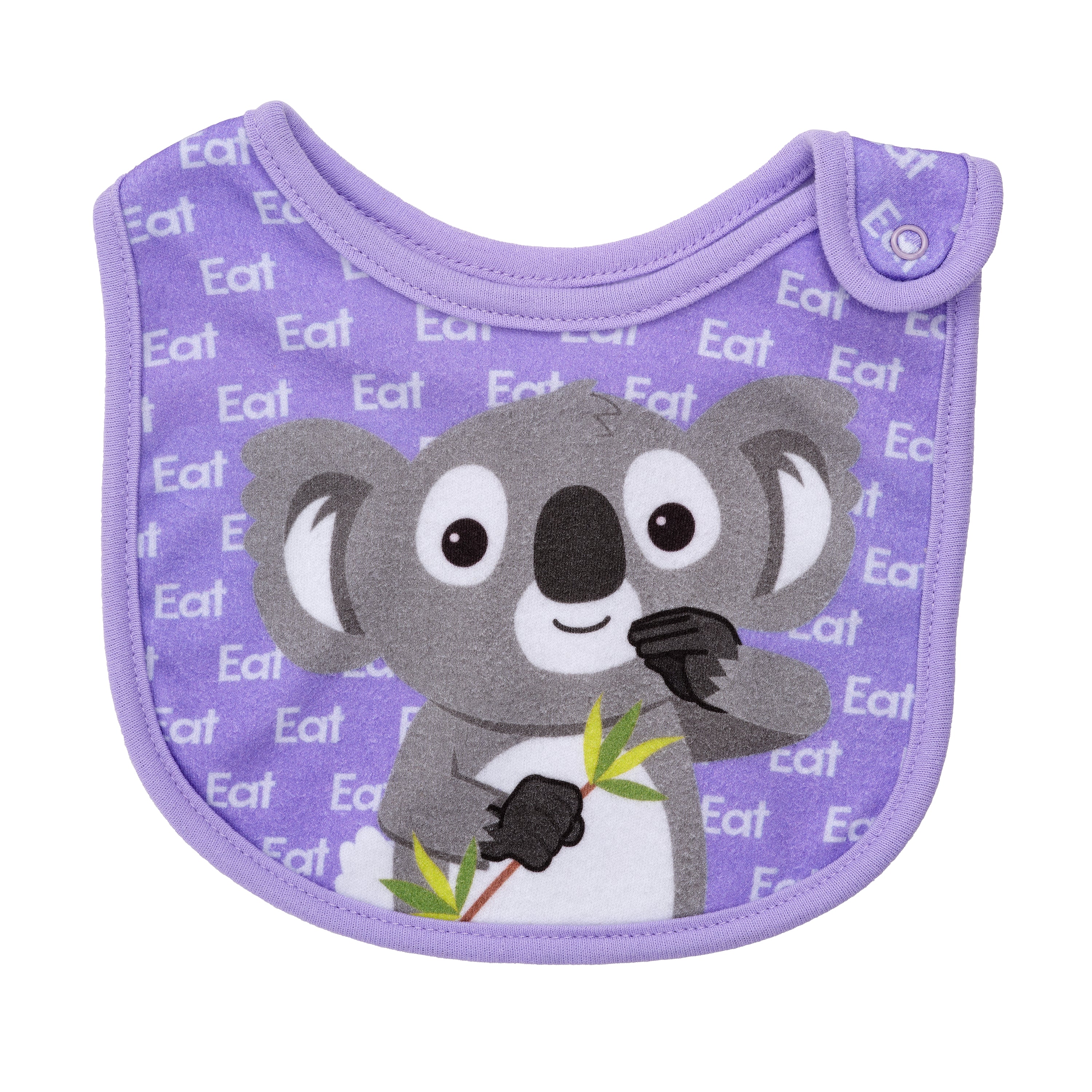
Baby Sign: More
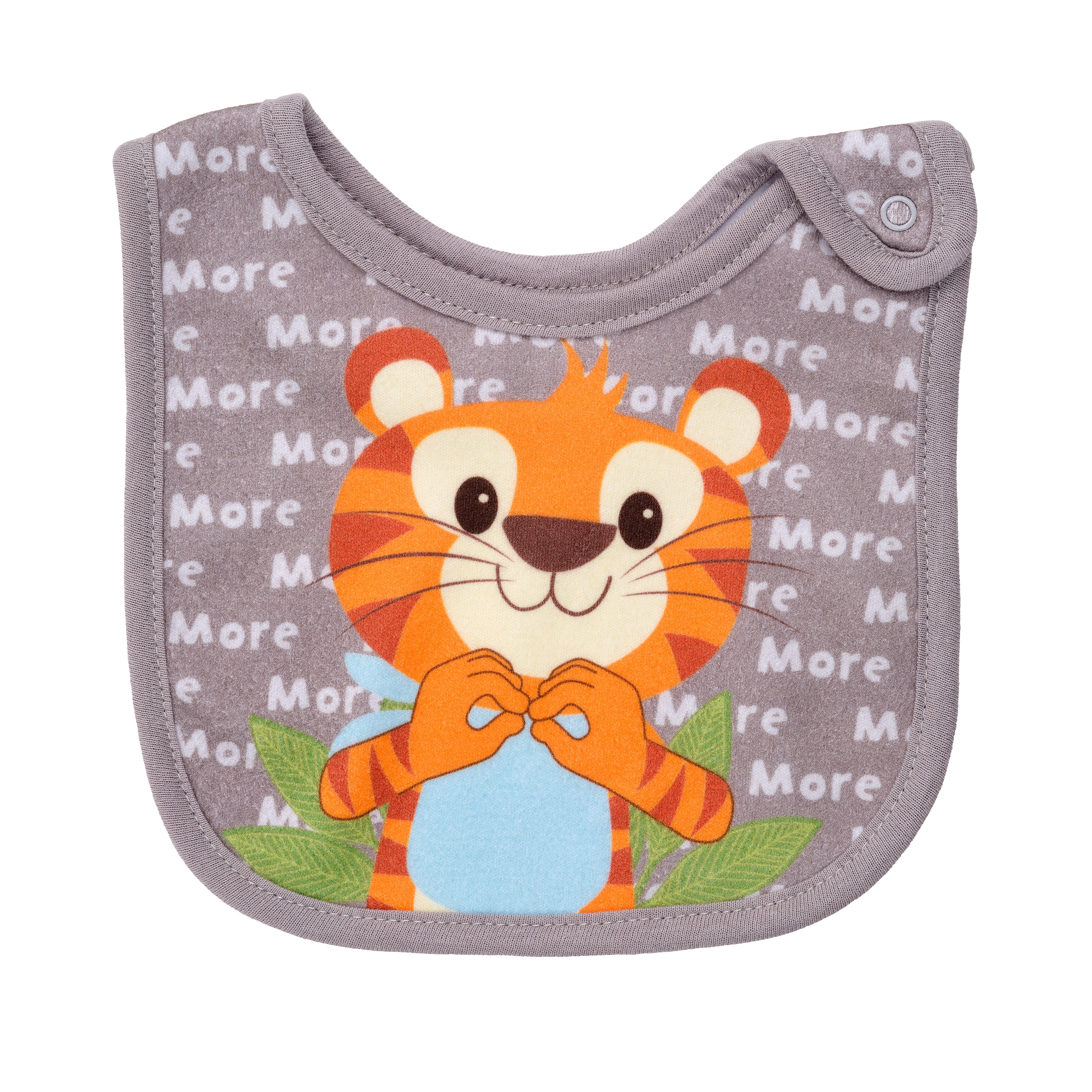
Baby Sign: All Done
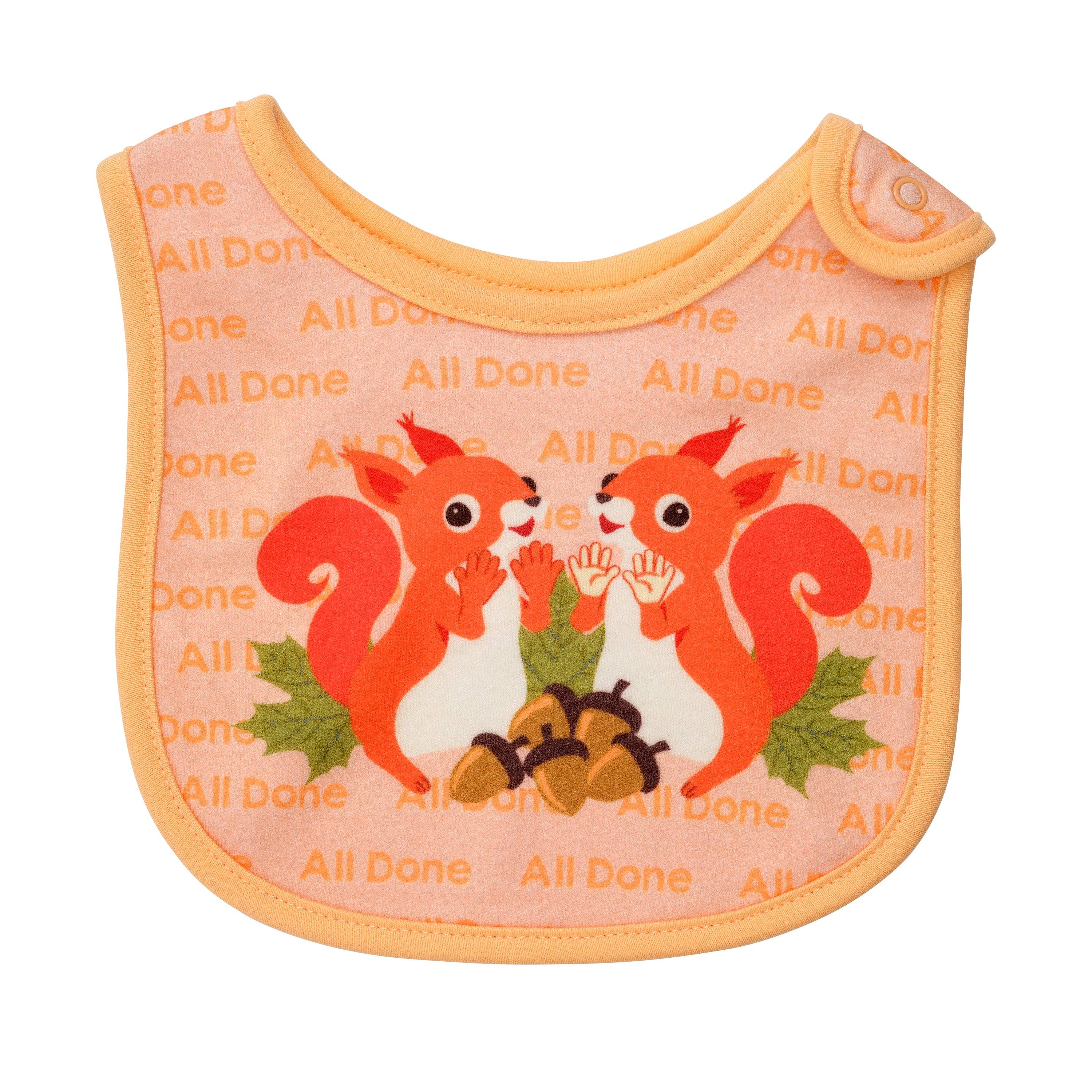
Baby Sign: Water
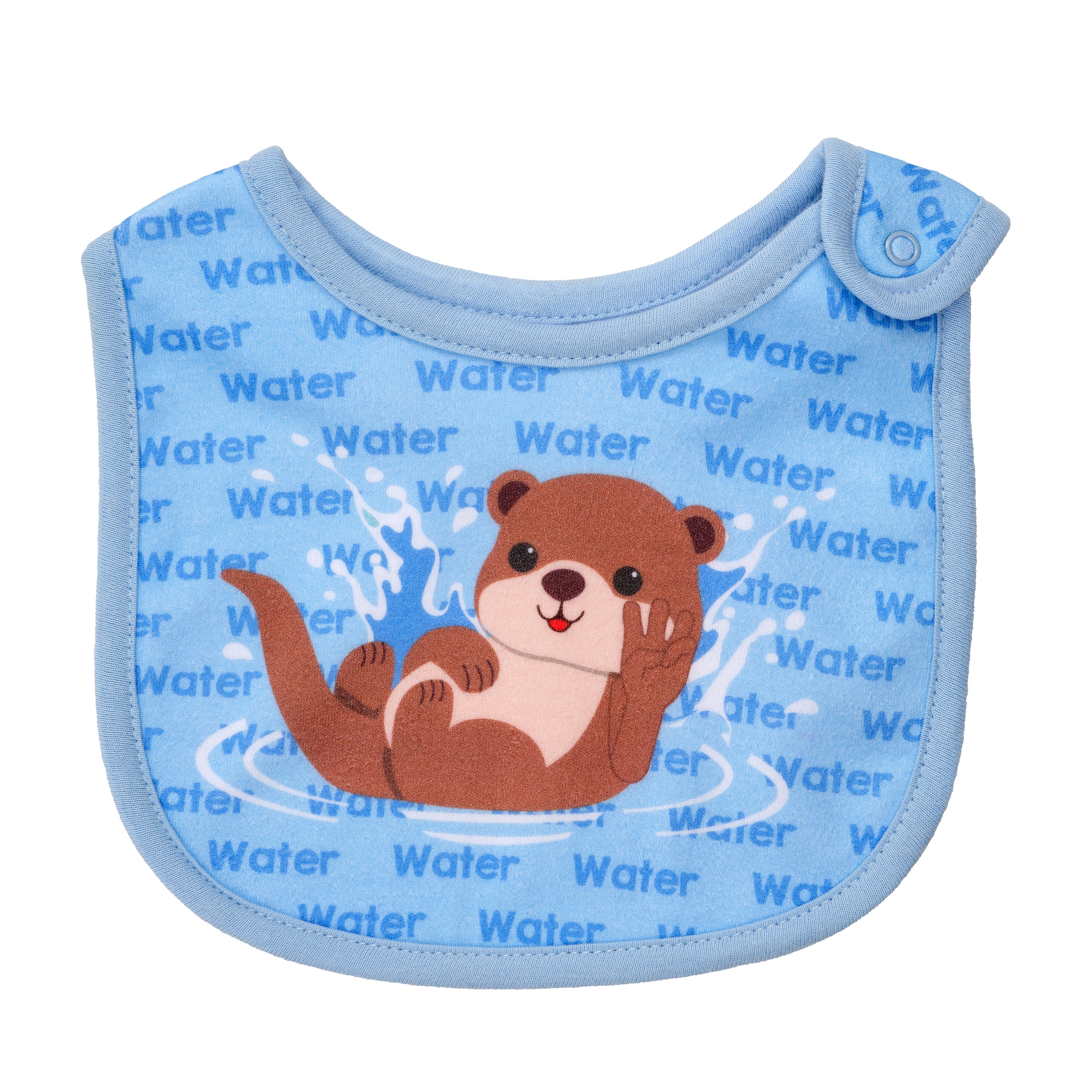
What Are The Benefits Of Using Baby Sign Bibs?
-
✅ Early Communication
Using baby sign language (baby signs) can provide a bridge for early communication between parents and their children. Babies and infants naturally want to communicate their needs and desires, and baby signs offer them a way to do so before they can speak.
Our Baby Sign Bibs™ are a great way to remember to incorporate baby signs into your daily routine.
-
✅ Strengthening Family Bonds
Using baby signs can strengthen the bond and trust between parent and child, fostering a deeper level of understanding and connection.
Using baby signs can be a great way to include brothers and sisters, grandparents, aunts and uncles in creating special family memories.
-
✅ Reducing Tantrums & Frustration
Empowering babies and infants to express themselves through baby signs can reduce the number of tantrums and meltdowns as when they can communicate their needs effectively, they're less likely to become frustrated or upset.
Check out our blog to find out how we used the baby signs for 'More' and 'All Done' to reduce tantrums at playtimes.
-
✅ Boosting Cognitive Skills
Learning baby signs can stimulate cognitive development in babies and infants as it enhances their ability to focus, understand cause and effect.
This makes connections between words and their meanings, and this lays a strong foundation for future learning.
-
✅ Promoting Positive Parenting
Using baby signs promotes positive parenting experiences as it encourages parents and caregivers to engage in more interactive and responsive communication, fostering a nurturing and supportive environment that sets the stage for healthy development.
-
✅ Protecting Your Baby
Made from 100% cotton, our bibs are soft on sensitive skin.
Our Baby Sign Bibs™ been designed by parents for parents.
Baby Sign Language (Baby Signs) - FAQs
What is Baby Sign Language (Baby Signs)?
What is Baby Sign Language (Baby Signs)?
Baby sign language is the use of manual signing allowing babies, infants and toddlers to communicate emotions, desires, and objects prior to spoken language development.
With guidance and encouragement, signing develops from a natural stage in infant development known as gesture.
When should I start using baby signs?
When should I start using baby signs?
You can start using baby signs as early as you like or when you notice your baby showing interest in communication, such as reaching for objects, making sounds, or imitating gestures.
Infants typically start to become more aware of their surroundings and develop the motor skills needed to make basic gestures and signs themselves around 6 to 9 months of age, so this is when most parents/carers begin introducing baby signs as we did with our children.
It is important to follow your infant’s lead and pace when introducing signs and not feel pressured to start using baby signs at a specific age. Using baby signs should be a positive and enjoyable experience between you and your baby.
Even if your baby doesn’t quite pay attention to you in the beginning, it is a great way for you to get into the habit of using them in your daily routine.
What baby signs should I begin with?
What baby signs should I begin with?
The easiest signs to introduce are those that you use in your daily routines. That is why we have designed our mealtime Baby Sign Bib™ range to introduce the signs of ‘Eat’, ‘More’, ‘Water’, and ‘All Done’.
We found that by incorporating and using these four baby signs into our daily mealtime routine, our children associated the signs and their meaning more quickly.
'More' is our recommendation for the first baby sign to start incorporating into your daily routine as it can be used for a number of different activities such as at mealtime and playtimes.
How quickly should I expect my baby to start using baby signs?
How quickly should I expect my baby to start using baby signs?
Consistency is key when using baby signs as the more you incorporate the use of them into your daily routine, the more likely it is that your baby will start to imitate and respond back to you using a variation of the sign.
For example, we used the baby sign for 'More' with our son from 6 months of age at every meal and play time. At 8 months he began clapping his hands as an indication he wanted more.
It is important to note that your baby will use different variations of the Baby Signs you are teaching them to start with as they begin to learn how to control their motor functions.
What research has been done on the use of baby signs?
What research has been done on the use of baby signs?
Linda P. Acredolo and Susan W. Goodwyn, pioneers in the field of infant communication, conducted extensive research on baby sign language, culminating in their influential book, Baby Signs: How to Talk with Your Baby Before Your Baby Can Talk.
Their studies demonstrated that infants as young as nine months could use simple signs to communicate needs and observations, potentially enhancing early language development and strengthening parent-child bonds.
One notable study by Goodwyn, Acredolo, and Brown (2000) examined the impact of symbolic gesturing on early language development. The researchers found that infants who were encouraged to use symbolic gestures exhibited advanced language skills compared to those who did not use such gestures. This study highlighted the potential benefits of incorporating baby sign language into early childhood communication practices.
These studies, among others, provide empirical support for the benefits of baby sign language as detailed in Acredolo and Goodwyn's book. Their work has been instrumental in promoting the use of symbolic gestures to facilitate early communication between parents and infants.
Is Baby Sign Language the same as Adult Sign Language?
Is Baby Sign Language the same as Adult Sign Language?
Not exactly! Baby Signs and Adult Sign Language (like American Sign Language - ASL, British Sign Language - BSL, etc.) are different in their purpose and structure.
Baby Sign Language:
Simplified gestures: Baby signs are often easier versions of real signs or even made-up gestures that mimic common actions (like putting fingers to your mouth for “eat”).
Designed for hearing infants: Baby signs help babies who can hear express their needs before they can speak.
Flexible and informal: Parents and babies sometimes modify or create their own signs, so consistency varies.
Focus on basic needs and concepts: Words like "eat," "more," "all done," and "water" are common.
Adult Sign Language (like ASL):
Full, complex language: ASL and other sign languages have their own grammar, structure, and vocabulary.
Used by Deaf and hard-of-hearing communities: It’s a primary language, not just a tool for early communication.
Standardized and consistent: ASL, for example, has regional dialects but still follows a formal system.
Expresses abstract ideas: Beyond basic needs, it covers advanced concepts, emotions, and storytelling.
Will using baby signs delay my child talking?
Will using baby signs delay my child talking?
No. Research has shown that using baby signs does not delay speech development.
Why this is the case:
Speech and gestures develop together: The brain’s language centres process spoken and signed language similarly, meaning signing reinforces spoken language rather than replacing it.
Signing is a bridge, not a crutch: Babies naturally drop signs as their verbal skills improve.
Encourages more interaction: Parents using signs tend to engage in more verbal and nonverbal communication, boosting overall language exposure.
Why do your Baby Sign Bibs™ look different to baby signs I found online?
Why do your Baby Sign Bibs™ look different to baby signs I found online?
You might notice that the signs featured on our Baby Sign Bibs™ don’t always match those you’ve seen elsewhere online or in books. That’s completely normal! Baby Sign Language, just like spoken language, can vary - there are often several ways to sign the same word.
Our designs are based on the signs we found most practical, simple, and helpful when communicating with our children. We’ve chosen signs that are easy for babies and infants to copy and understand, making them great starting points.
Think of our bibs as a prompt or gentle guide. Feel free to adapt the signs in a way that works best for you and your family. The most important thing is that you and your baby understand each other - consistency, patience, and practice will help you get there, no matter which sign variation you use!
Baby Sign Bibs™
From Our High Chair to Yours
